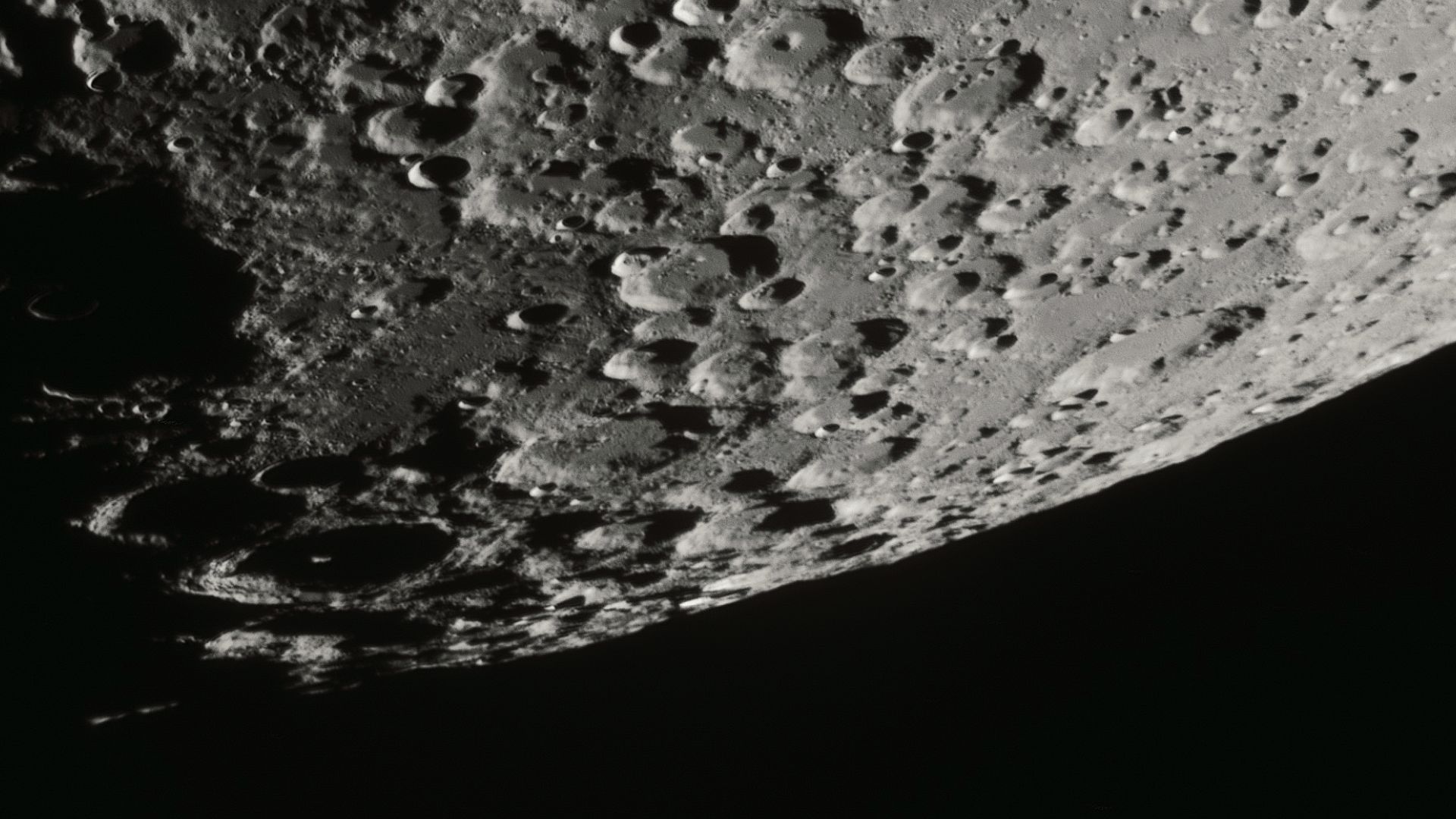Chandrayaan-3, Luna-25, soon Artemis: all these space missions are eyeing the South Pole of the Moon. Why so much effort to explore an area so complicated to reach?
The south pole of the Moon attracts irresistibly. A few days apart, two nations sought to land not far from this coveted lunar region. Russia, with Luna-25, failed on August 20, 2023. Then India succeeded, with Chandrayaan-3, on August 23, becoming the fourth country to land on the Moon. Chandrayaan-3 is not actually at the South Pole, but rather in the South Polar region of the Moon. However, the reasons for the choice of its landing site are beyond doubt: it is to get closer to the South Pole.
But, why is the South Pole of the Moon so popular? What is his secret? The main reason is that the South Pole of the Moon is extremely promising for human space exploration.
A “human outpost” on the Moon: water and Sun
This region could even, as the European Space Agency points out, serve as a ” human outpost “. What makes the South Pole special is its water. It is on this area of the Moon that we have the best chance of finding water ice. This is not a detail.
Despite the strong sunshine in the area, which can lead to temperatures of more than 54° C, the craters of the lunar south pole favor a “ perpetual darkness “says NASA. In the craters, some areas have not seen the Sun for billions of years. It can be down to -203° C. This is where the icy water would hide, carefully stored.
However, this water could be used by astronauts for daily life, but also to make fuel for their rockets. This is also why the prospect of water escaping from the south pole of the Moon is not necessarily very reassuring.
In addition, the South Pole of the Moon has another advantage: the area is almost permanently sunny, which is not negligible to hope to carry out lunar activities there. The astronauts on site will need solar energy to power their equipment. However, on the Moon, the nights are very long: about 2 weeks! They are also extremely cold, it is down to -130° C at the lunar equator. These conditions will be complicated for the survival of the astronauts and the proper functioning of the devices (this is also why Chandrayaan-3 can only operate for 15 days): if we can carry out missions in areas very often sunny, it’s always a good point.
Volatiles, witnesses of the past of the solar system
On a scientific level, settling humans at the south pole of the Moon would be useful and probably innovative. Field geology and the collection of samples could make it possible to identify the origin of lunar polar volatiles, chemical compounds which vaporize at high temperature (like an ice cube which melts).
Dark areas on the Moon are traps for these volatile elements. To study them more closely would certainly be to know more about the history of the Moon, and by extension that of the solar system born 4.5 billion years ago.
The lunar south pole, promising but risky
However, the south pole of the Moon is also a riskier place. Despite its appeal, it is an area with extreme conditions, difficult to access. Landing on the Moon remains difficult in 2023. It is even more complicated to land in the polar regions. Former lunar missions such as Apollo, Surveyor (Nasa) or Luna (former USSR and Russia) landed at latitudes always close to the lunar equator. This area is flatter and less rugged than the South Pole. You have to deal with deep craters, which make the soft landing, but also the exploration, complex.
Despite these difficulties, many eyes are on the Moon’s south pole. The 13 landing sites selected for the Artemis program are thus all located in the South Pole region.
Subscribe for free to Artificials, our AI newsletter, designed by AIs, verified by Numerama!
